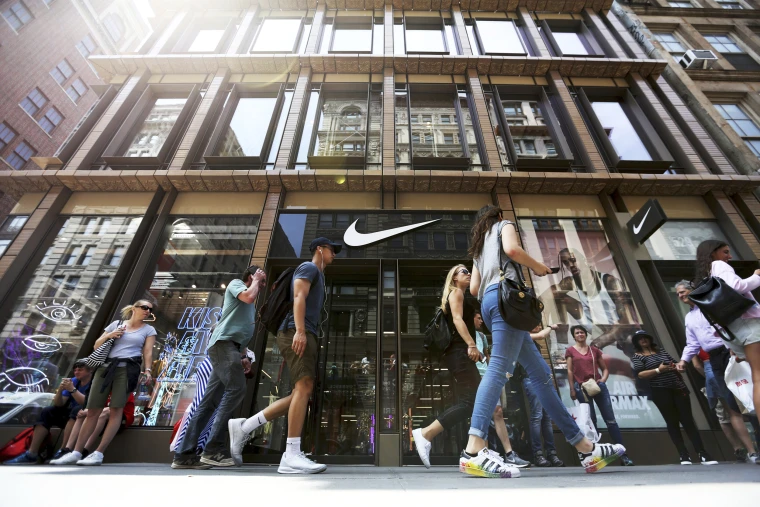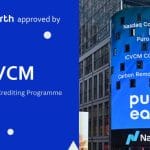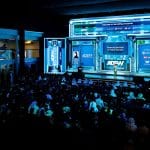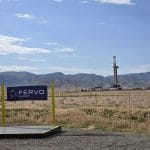Nike Launches First Hydrogen-Powered Inland Container Ship With Zero Carbon Emissions

- Nike has launched the world’s first hydrogen-powered inland container ship, the “H₂ Barge 1,” taking action to help create a better world for all athletes.
- The “H₂ Barge 1” will transport NIKE, Inc. product for Europe, sailing between Rotterdam in the Netherlands and Nike’s European Logistics Campus in Belgium.
- The company projects that the “H₂ Barge 1,” a zero-carbon-dioxide-emissions inland vessel, will result in a reduction of 2,000 tons of CO2 emissions annually.
- The barge is another component to Nike’s enterprise-wide effort to reduce carbon emissions and get products to athletes with less impact on the planet.
Nike’s ultimate goal is a zero-carbon, zero-waste future. With the launch of the world’s first hydrogen-powered inland container ship, Nike is taking action to help create a better world for all athletes and taking another step on its Move To Zero journey.
The “H₂ Barge 1” is the world’s first inland vessel to sail on hydrogen. Nike retrofitted the original diesel barge to replace its combustion engine with hydrogen technology, a system that has zero carbon dioxide emissions. The only substance the barge emits is humid air and clean water. By using fuel cells and green hydrogen on the “H₂ Barge 1,” Nike expects a reduction of 2,000 tons of CO2 emissions annually. What’s more, the inland barge is far quieter than a traditional diesel vessel — this is better for the environment and more comfortable for the onboard crew — and it wastes less energy through hull vibrations and heat.
The hydrogen-powered inland container barge will transport NIKE, Inc. product for Europe, sailing between Rotterdam in the Netherlands and Nike’s European Logistics Campus (ELC) in Belgium.
See related article: Microsoft, Nike and Common Energy Partner To Energize Community Solar in Oregon
The “H₂ Barge 1” builds on several innovative steps that Nike is taking in sustainable logistics to close in on its 2025 target, reducing carbon emissions and getting products to athletes with less impact on the planet. In Europe, 99 percent of inbound containers reach the ELC by water, eliminating some 14,000 truck journeys per year. Beyond hydrogen-powered shipping, Nike is currently in the final testing phase of a hydrogen truck for customer deliveries in Europe. Meanwhile, the company is also scaling electric van deliveries in key European cities, including Paris and London.
Globally, Nike is reducing its use of air freight by aligning production schedules with ocean freight departures and diversifying its distribution footprint to get product closer and faster to consumers. This is critical work because air freight produces 42 times more carbon emissions than ocean freight does. To further reduce emissions, the company is also reducing the weight of the shipping cartons used to move product around the world. In its 2021 fiscal year, shipping carton weight was reduced by about 1.6 million pounds.
Reimagining shipping to help advance sustainability — along with all changes that can reduce carbon emissions — is an ongoing process, says Noel Kinder, Nike’s Chief Sustainability Officer, and a challenge that teams company-wide will continue to meet with imagination and innovation. “We know the odds of success increase when we approach a problem together with ingenuity and grit,” Kinder says. “As we move toward 2025, our resolve is steady, and we’re in it for the long haul, committed to progress over perfection as we continue to create solutions and leverage our influence to build momentum and move the world forward through sport.”
The “H₂ Barge 1” will begin operation in June in partnership with Dutch shipping company Future Proof Shipping, hydrogen provider Air Liquide and the BCTN network of inland terminals.












